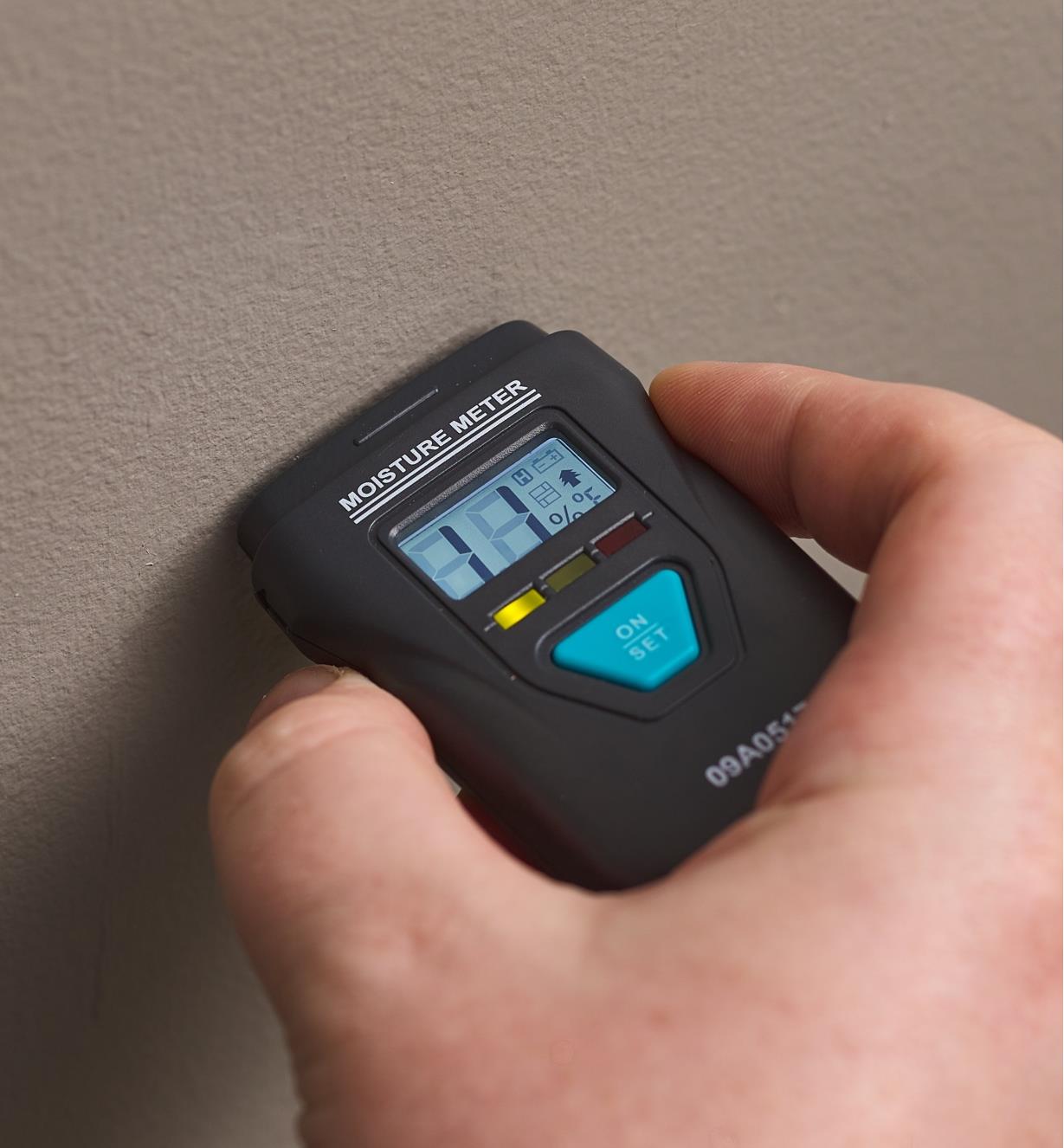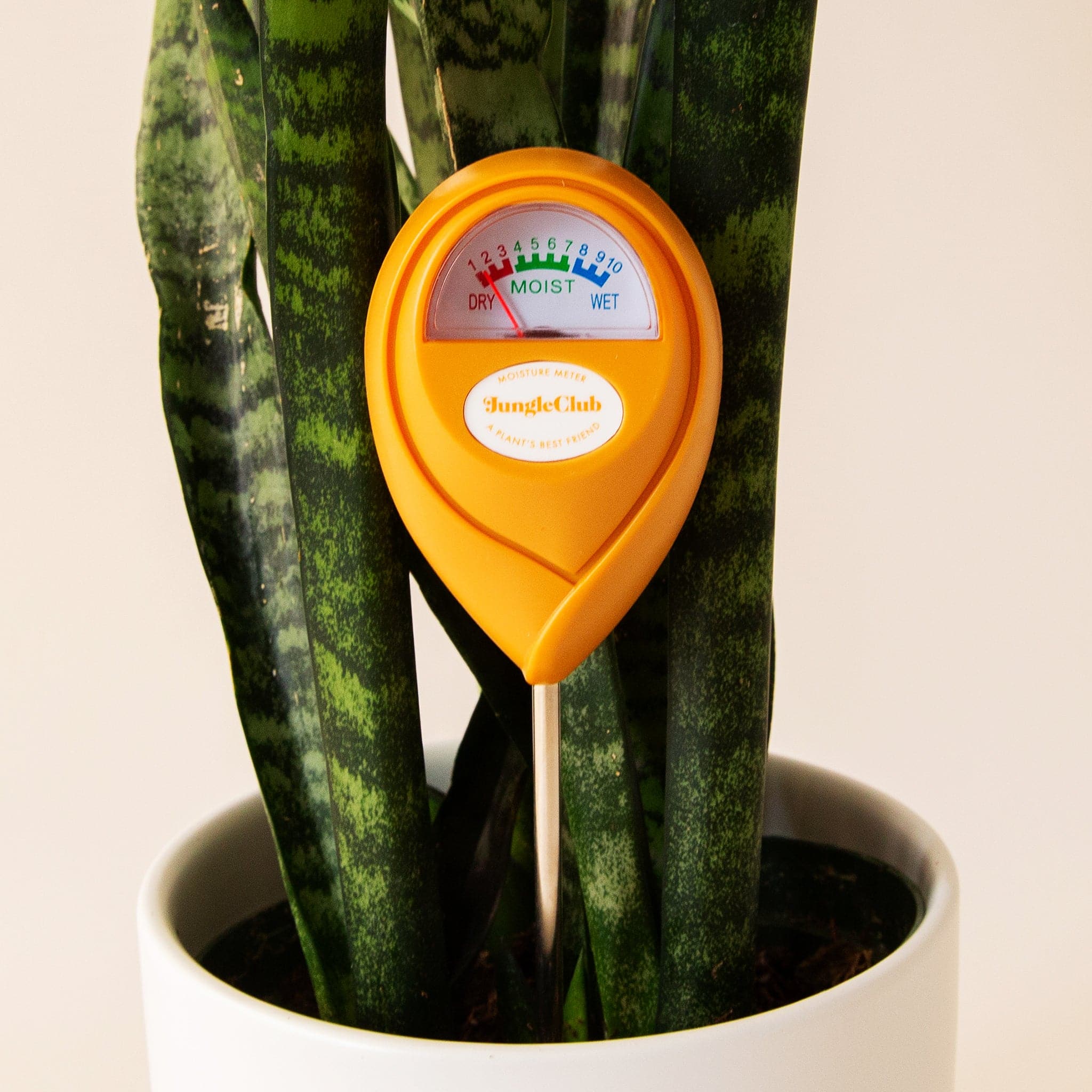Just how to Make Use Of a Moisture Meter to Find Concealed Water Damage in Your Property
Just how to Make Use Of a Moisture Meter to Find Concealed Water Damage in Your Property
Blog Article
Comprehending the Significance of a Moisture Meter in Stopping Mold and Water Damage in your house
In the world of home maintenance, the presence of moisture can frequently be a silent yet awesome adversary, capable of causing pervasive mold growth and insidious water damage if left untreated. Understanding the importance of a wetness meter in this battle is not just an alternative but a calculated necessity.
Significance of Moisture Discovery
Efficient moisture detection techniques are crucial for guarding residential properties and stopping prospective mold and mildew growth and water damage. Moisture can seep right into various structure products, causing architectural issues and carcinogen. By utilizing a dampness meter, homeowner can proactively recognize areas susceptible to excess dampness, enabling for prompt treatment and mitigation strategies.
Moisture meters offer precise analyses of dampness degrees in various materials such as drywall, wood, and concrete. This data helps in pinpointing locations of worry, even in surprise or hard-to-reach areas. Early detection of moisture accumulation allows timely repairs or modifications to stop further damage.

Just How Moisture Meters Job
Moisture meters play a crucial role in the proactive recognition of excess wetness, aiding in the avoidance of potential mold and mildew development and water damage by giving accurate analyses of dampness levels in various structure products. Some progressed moisture meters combine both pin and pinless modern technologies for thorough moisture discovery. Understanding exactly how moisture meters function is necessary for accurate and prompt wetness level evaluations, allowing efficient preventive actions against mold and water damages.
Finding Early Indication
Upon preliminary inspection of a residential or commercial property, recognizing subtle indications of excess dampness comes to be critical in the very early discovery of possible mold growth and water damage. Some usual very early indication include mildewy smells, water stains on ceilings or walls, peeling off paint or wallpaper, and warped or stained surface areas. Stuffy smells frequently show the visibility of mold and mildew or mildew, also if no visible indicators appear. Water discolorations can signify leaks or infiltration, while peeling paint or wallpaper may be a result of dampness jeopardizing the attachment of these materials to the surface. Distorted or tarnished surface areas, such as bending floorboards or stained drywall, are clear signs of water damages. In addition, a boost in allergy symptoms or respiratory system concerns among passengers may recommend the visibility of mold because of excess moisture. By promptly identifying and resolving these early indication, home owners can minimize the danger of extensive mold and mildew development and water damages in their buildings.
Protecting Against Mold Growth
Acknowledging very early warning signs of excess go right here moisture within a building not just makes it possible for timely detection of prospective mold and mildew development and water damages however likewise serves as an aggressive measure in protecting against the expansion of mold. To properly stop mold growth, it is vital to attend to any type of resources of moisture immediately. This can consist of fixing leaks in home windows, pipelines, or roof coverings, company website making certain appropriate air flow in damp locations like kitchens and shower rooms, and utilizing dehumidifiers in high-humidity spaces. Regularly keeping the residential or commercial property and checking's pipes, roof, and rain gutters can likewise assist in avoiding water intrusion that could lead to mold and mildew development.
Along with addressing moisture resources, keeping interior humidity degrees below 60% can substantially inhibit mold development. Proper ventilation, sufficient insulation, and utilizing air conditioning system or followers can aid manage interior moisture degrees. Keeping an eye on moisture levels in locations prone to moisture, such as cellars and crawl spaces, using a moisture meter can additionally aid in early detection of raised moisture levels and potential mold development. By taking positive procedures to avoid excess moisture and mold development, property owners can safeguard their residential property and interior air quality.
Advantages of Normal Tracking
Regular surveillance of wetness levels in a home can play a critical duty in maintaining a healthy and balanced interior environment and avoiding possible mold and water damages. By on a regular basis examining wetness levels, house owners can spot any issues immediately and take necessary actions to stop mold and mildew growth and water damage.
Moreover, normal surveillance permits home owners to my blog track patterns and fads in moisture degrees over time. Ultimately, the consistent surveillance of wetness degrees encourages property owners to shield their property, secure their health and wellness, and preserve the integrity of their indoor environment.

Conclusion

By using a dampness meter, residential or commercial property owners can proactively determine areas prone to excess wetness, allowing for prompt intervention and mitigation methods.

Checking wetness levels in areas prone to wetness, such as basements and crawl rooms, utilizing a moisture meter can additionally assist in early detection of elevated wetness degrees and potential mold and mildew growth. (Moisture Meter)
Report this page